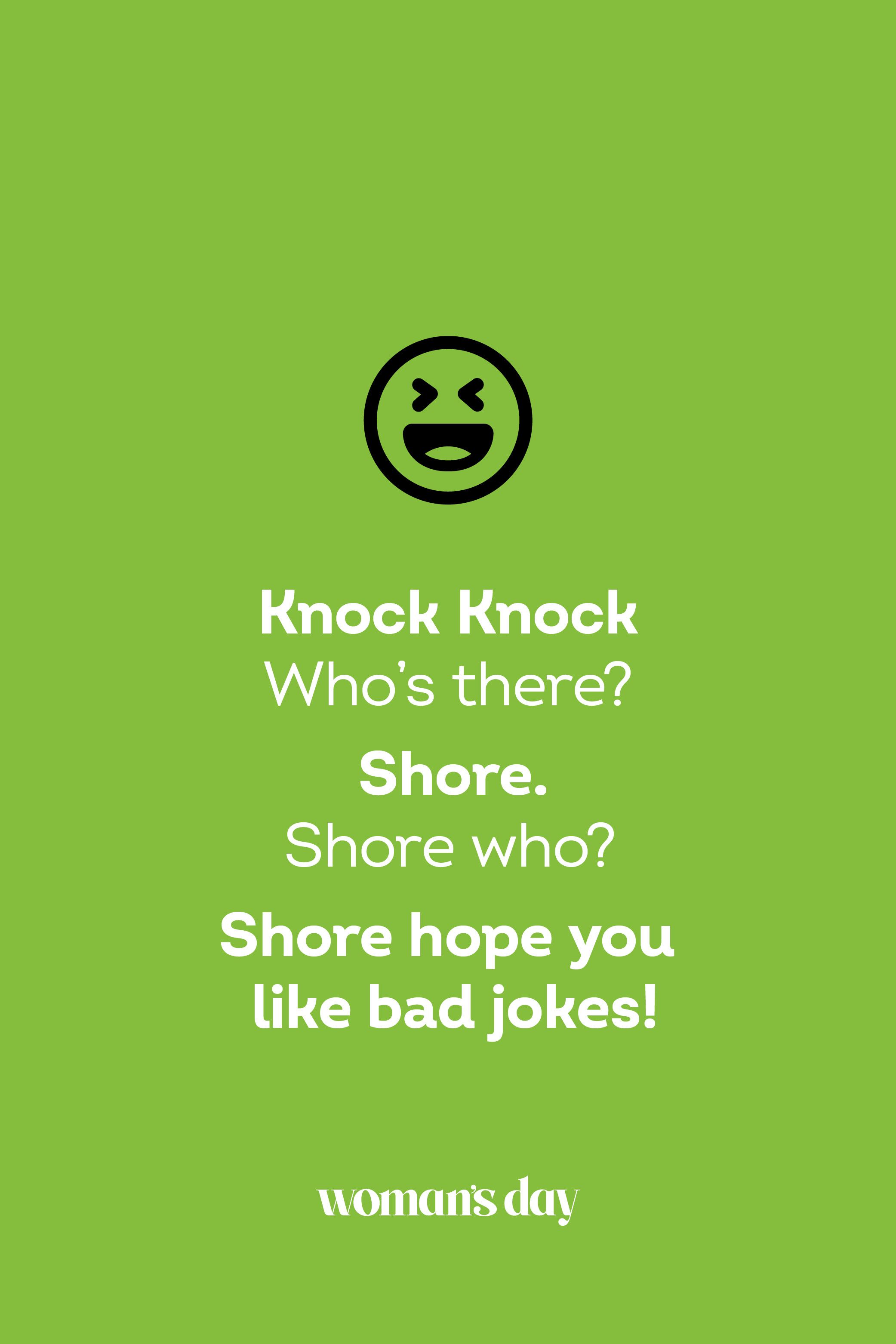Wit is a captivating dimension of human communication, often revealing greater insights about our psychology than we might initial realize. Some jokes hit perfectly, leaving us in fits of laughter, while others fall flat, causing an awkward silence instead. What determines a joke appeal with one person but completely fail with someone else? Comprehending dinosaur jokes for adults of humor can provide insight on our preferences and the complexities of social interaction.
Take, for example, dinosaur jokes. The enchanting blend of youthful nostalgia and lighthearted absurdity in these jokes carries a singular allure. Whether it's the classic "What do you call a dinosaur with an expansive vocabulary? A thesaurus," or a wordplay-ridden quip about T-Rex limitations, these jokes connect with a common cultural experience that frequently elicits laughter. By examining why we consider certain jokes humorous, we can more fully value the different ways in which humor binds us all.
Understanding Dinosaur Jokes
Prehistoric jokes have a special charm that appeals to audiences of every age group. They connect with a sense of nostalgia, as a lot of folks grow up captivated by these massive creatures. The humor often lies in contrasting the prehistoric world with contemporary situations, creating an funny contrast. This surprising pairing invites amusement by highlighting the absurdity of a dinosaur engaging in typical human activities.
Additionally, dinosaur jokes frequently utilize wordplay and puns, which are essential components of humor. For example, the timeless play on words in posing the question, "What do you call a dinosaur with an extensive vocabulary? A thesaurus!" showcases the clever application of language that makes these jokes not only funny but also cognitively engaging. Wordplay adds depths to the humor, allowing people to enjoy the verbal twist while enjoying the silliness of the premise.
Moreover, the straightforwardness of dinosaur jokes makes them approachable and engaging. They often target a wide audience, from kids to adults, because the subject matter is universally amusing and easy to comprehend. This inclusivity enhances the fun of the joke and creates a shared experience among those who hear it. The combination of humor, wordplay, and accessibility ensures that dinosaur jokes continue to amuse audiences over generations.
Cultural Context in Humor
Humor is often deeply rooted in the cultural context of its audience. Various cultures have unique experiences, values, and societal expectations that shape what is recognized as humorous. For instance, a dinosaur joke might strike a chord well with children who are fascinated by these prehistoric creatures, but it may fail with grown-ups who have different references or encounters. Grasping the listeners' cultural context can boost the effectiveness of a joke, as it allows comedians and orators to connect with shared experiences and common understanding.
Language furthermore plays a critical function in humor. Wordplay and linguistic plays, frequent in humor, are largely based on verbal nuances that may change across cultures. A dinosaur joke that employs a pun on words might be hilarious in one language but completely lose its charm in translation. This shows that humor is not just about the material of the humor but also about how it is delivered and understood within a cultural structure. When people share a common language and cultural references, the chances of a humor hitting rise dramatically.
Moreover, humor can serve as a community connecting mechanism within a community. Jokes often reflect community challenges or current happenings, enabling individuals to express their opinions and feelings in a playful way. For example, humor about dinosaurs can also become a metaphor for greater concepts, such as extinction or adjustment, based on the situation in which they are related. When jokes strike a chord with the community consciousness of a community, they generate a shared amusement that strengthens relationships among individuals, making humor an essential part of societal connection.
Why Timing is Crucial in Comedy
The timing is a crucial aspect in the delivery of a joke. It dictates how a punchline is perceived, often determining whether a joke lands or falls flat. A well-timed pause before the punchline can create tension, enhancing the anticipation and making the ultimate release of laughter more effective. This cadence in comedy corresponds with how we process information, and when timed correctly, it can turn a basic joke about dinosaurs into a remarkable moment.

Moreover, cultural context plays a significant role in comedic timing. Certain jokes may hit home differently depending on the audience's cultural background, taste, and even the present social climate. For example's sake, a dinosaur joke may be well-received in a playful setting among children, who find humor in the ridiculousness of the subject, but the same joke might not work in a more serious context. Understanding when to present particular types of jokes is important for their effectiveness.
Jokes also depend on the factor of surprise, which is intrinsically linked to timing. A punchline that arrives too early or too delayed can destroy the surprise that makes humor powerful. The unforeseen twist in a dinosaur joke, for example, is what elicits the laughter, making it essential for the joke to unfold at just the perfect moment. Mastering this timing can change an ordinary quip into a delightful experience, illustrating why it is a core aspect of effective humor.
